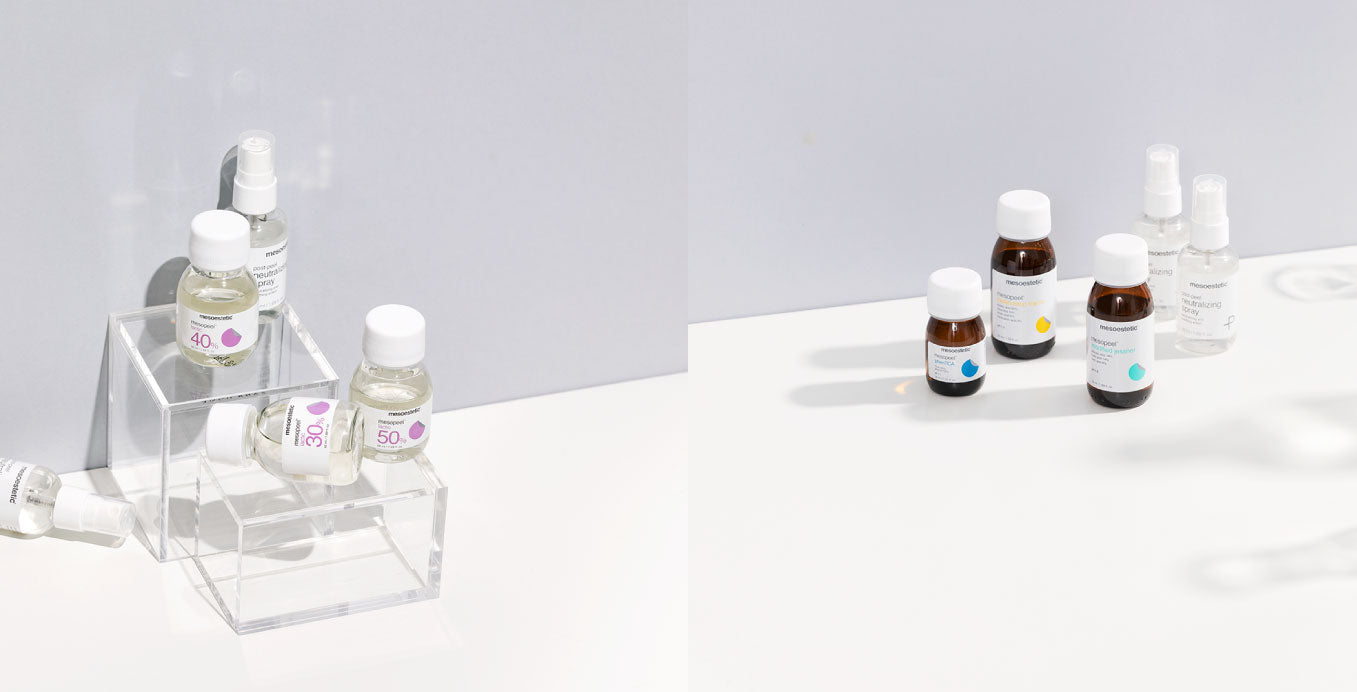Our facial skin cells renew themselves in a natural life cycle of 28 days. However, at different stages of life and as we age physiologically, this process is disrupted and slows down, for example:
- at the age of puberty, due to hormonal imbalance;
- living an unhealthy lifestyle;
- staying little in the fresh air;
- not exercising enough;
- during pregnancy;
- at the onset of menopause;
- etc
As the skin cells regenerate, skin problems can often be encountered:
- liver;
- excessive shine;
- for enlarged pores;
- mimic wrinkles;
- loss of elasticity and firmness;
- photoaging;
- etc
The most suitable solution for solving the above-mentioned problem situations is the consultation of a beautician, who will decide on the most suitable correction method for your skin, which we like to call a beauty treatment.
One of the most advanced and effective is the chemical peeling procedure, which can be performed both as a single and as a multiple set of procedures, integrating other types of preparations, mesotherapy, biorevitalization and apparatus procedures.
Chemical peeling
Chemical peeling is a cosmetic skin procedure that promotes accelerated skin regeneration in a controlled manner using chemical skin exfoliation preparations that act on different layers of the skin.
The peeling process frees the skin from the top layer with the aim of stimulating collagen, elastin and glycosaminoglycan fibers, thereby improving the physiological and mechanical properties of the skin.
Chemical peels can be classified into four levels, depending on the layer of skin that is affected, which in turn is related to the type and intensity of the procedure.
- Peeling of the top layer (stratum corneum) - evens out the skin tone and gives extra shine.
- Peeling of the middle skin layer (epidermis to the basal layer) – stimulates regeneration and "thickening" of the epidermis. This peeling is characterized by peeling of the skin like after a sunburn.
- Peeling of the skin of the middle layer (papillary dermis) – affects the papillary dermis, causing pronounced hyperemia and peeling. Such peelings completely peel off the epidermis, which later completely regenerates.
- Peeling of the deep layer (reticular dermis) – the action of deep peeling promotes inflammation of the papillary dermis, which stimulates the reconstruction of collagen and elastin.
Deep layer chemical peel procedures take place in the form of a multi-treatment course, starting the course with a superficial layer procedure and then determining an individual course of facial skin care procedures.
What skin improvements can be made with the help of chemical peeling:
- Cleanse and oxygenate the skin
- Clean clogged pores and improve skin texture
- Smooth, soften facial wrinkles and increase turgor - the internal pressure of skin cells, skin elasticity
- Improve skin tone
- Eliminate skin imperfections
- Lighten and reduce pigmentation manifestations / depigmentation effect
- Reduce acne-related disorders
- Smooth out scars
Mesoestetic offers professionals to get acquainted with mesopeel - one of the widest, most diverse peeling offers for the correction of various skin conditions.
On the other hand, if you want to get acquainted with the chemical peeling procedure and improve the existing condition of the facial skin - we invite you to the procedure at the mesoestetic institute . Our masters will tell you about the type and condition of your facial skin, perform an appropriate chemical peeling procedure, and also recommend proper home care!
See you again!

